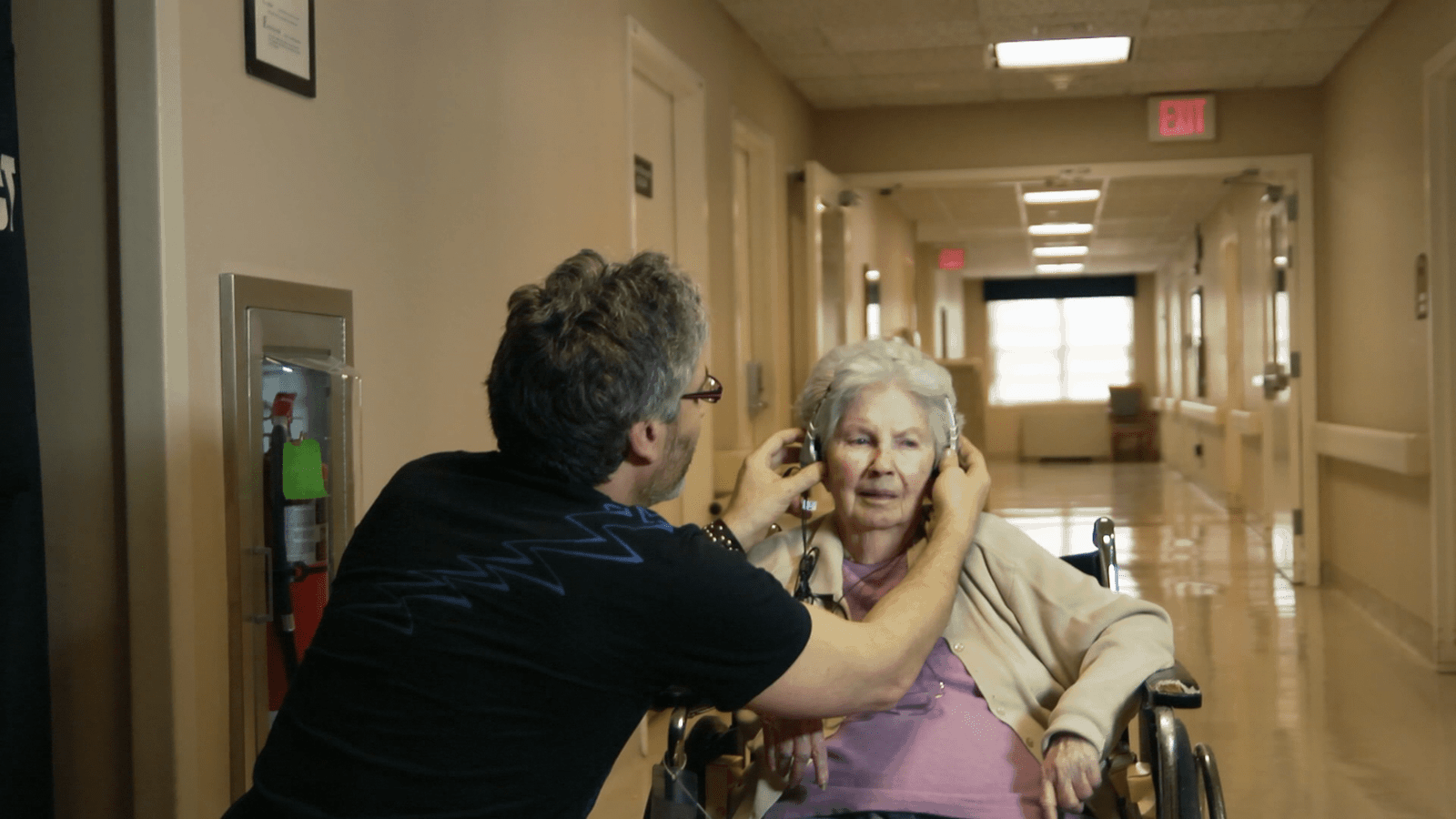Merchants of Doubt takes an in-depth look at how the same public relations experts — these “Merchants of Doubt” — who helped tobacco companies persuade the world, in the 1950s and 1960s, that cigarettes weren’t harmful to health, even though the tobacco companies had done their own very good scientific studies that proved the opposite, were […]
Documentary
Frederick Wiseman on his new film National Gallery
His latest film, “National Gallery,” which premiered in the Director’s Fortnight at the Cannes Film Festival in May, takes a look at the inner-workings of London’s renowned art museum. The film is a fascinating look at one of the greatest art museums in the world, its role in the community, and how the paintings it houses continue to speak to us.
People with dementia are more Alive Inside than you might expect
“Alive Inside” opens on a ninety-year-old woman, sitting in a chair set against a black background, explaining that she can’t remember anything. The setting is very deliberate: she suffers from dementia, and as the film will argue repeatedly throughout, people with dementia in nursing homes live in a world devoid of meaning. We watch her start listening to Louis Armstrong’s “When the Saints Go Marching In,” and she lights up, telling us it reminds her of her school days. Then, the film cuts to an old black-and-white film strip, a stand-in for the kinds of memories the music must be evoking. The stories of her life start pouring out. What the social worker Dan Cohen discovered is that music seems to unlock a previously inaccessible world of memories for people with dementia, and “Alive Inside” follows his journey to bring this joy to more people.
Review: Mandolinist Chris Thile and The Punch Brothers reinvent bluegrass in How to Grow a Band
Is it possible to have a successful band when its members may not be musical equals, even if they are all very talented virtuosos? It was a central question in Cameron Crowe’s film Almost Famous about the often bickering, fictional band Stillwater, which had a guitarist who had musically surpassed his peers. Since it was also […]
‘Tim’s Vermeer’: Did Vermeer use lenses and mirrors?
In a time when painters were rigourously trained, how did the untrained Johannes Vermeer (1632-1675) create such luminous, lasting masterpieces? According to inventor-techie Tim Jenison, he may have been equally adept at tinkering and made use of optical devices to help create a realistic look. Jenison sets out to prove this theory in Teller’s new […]




